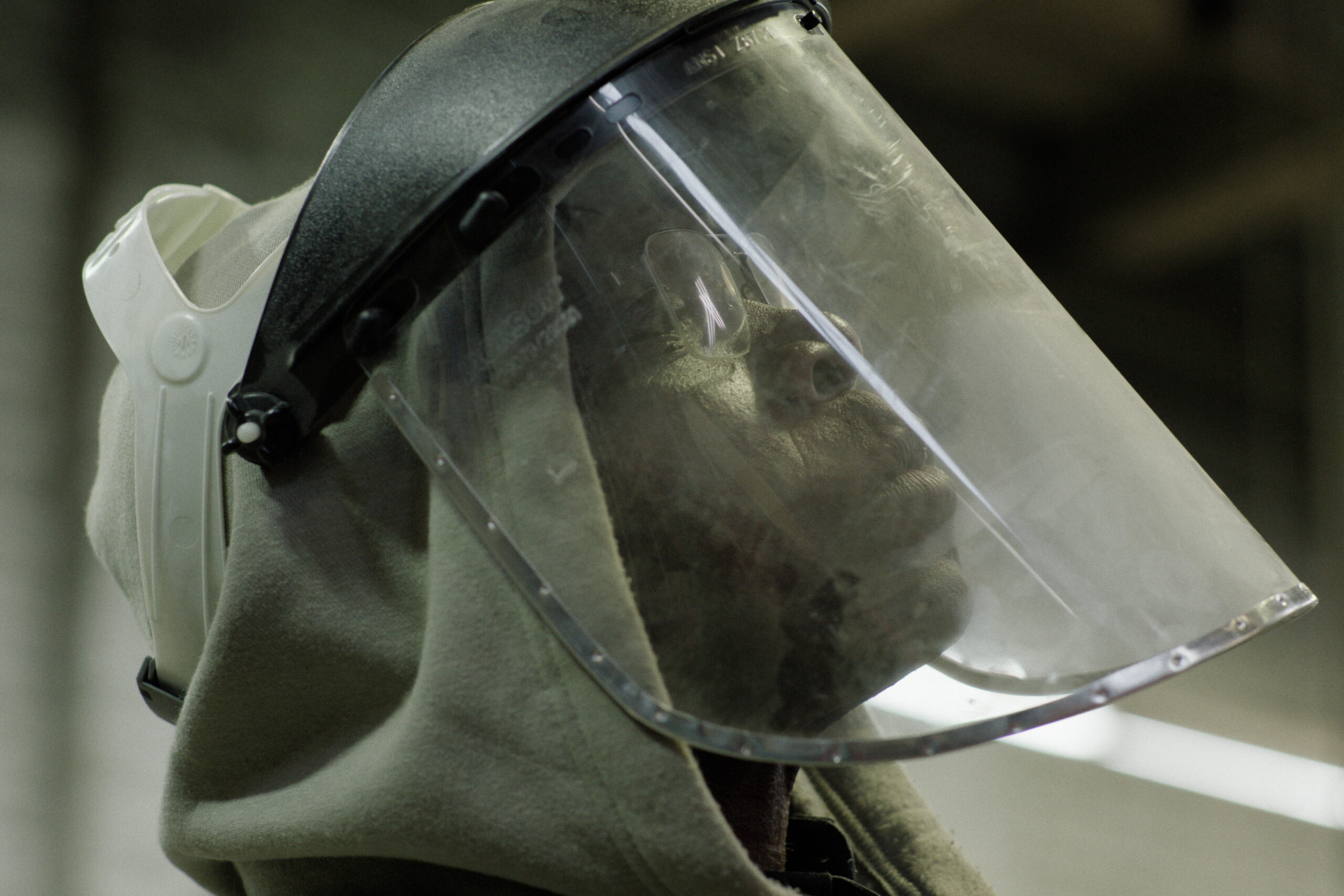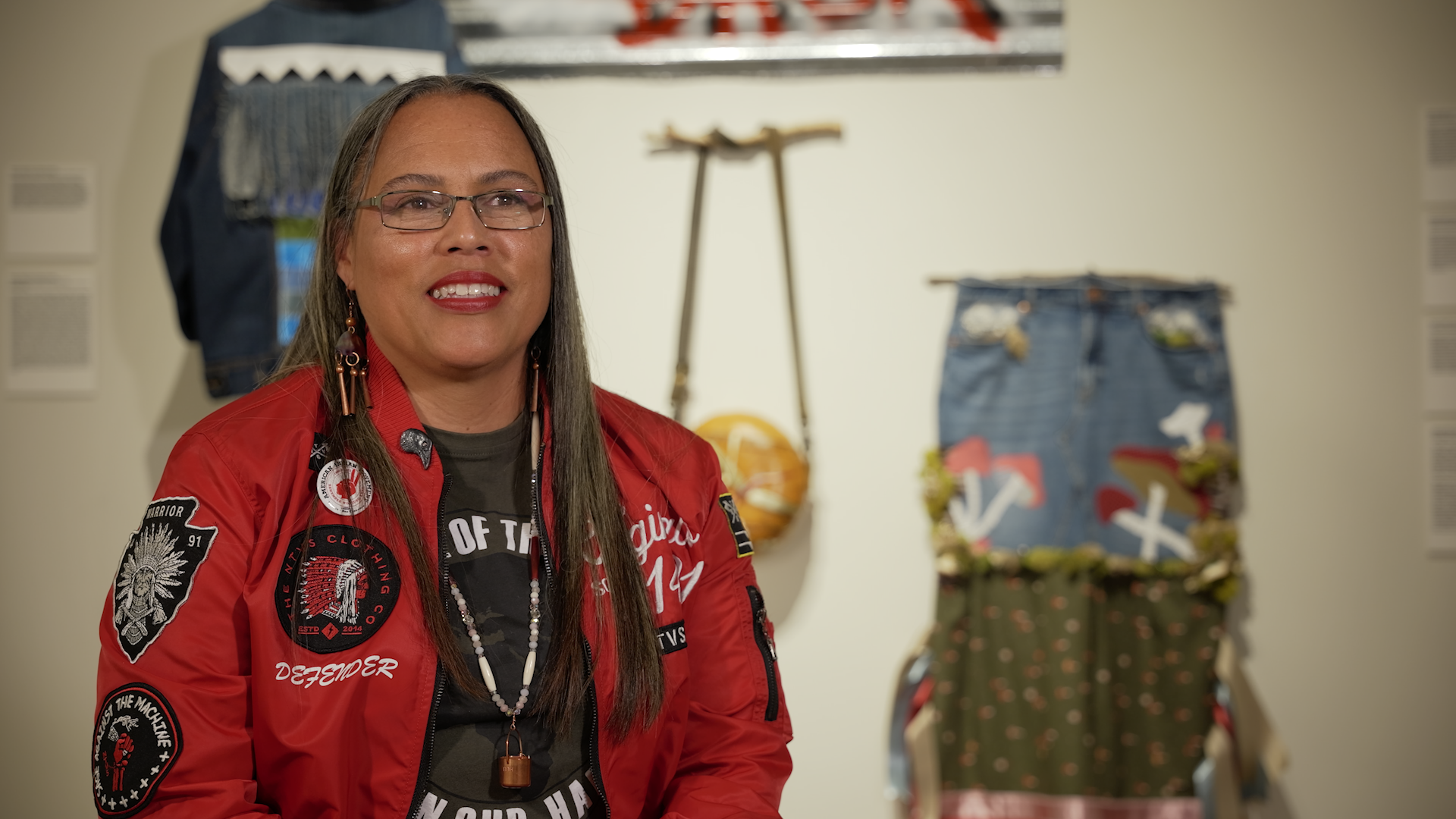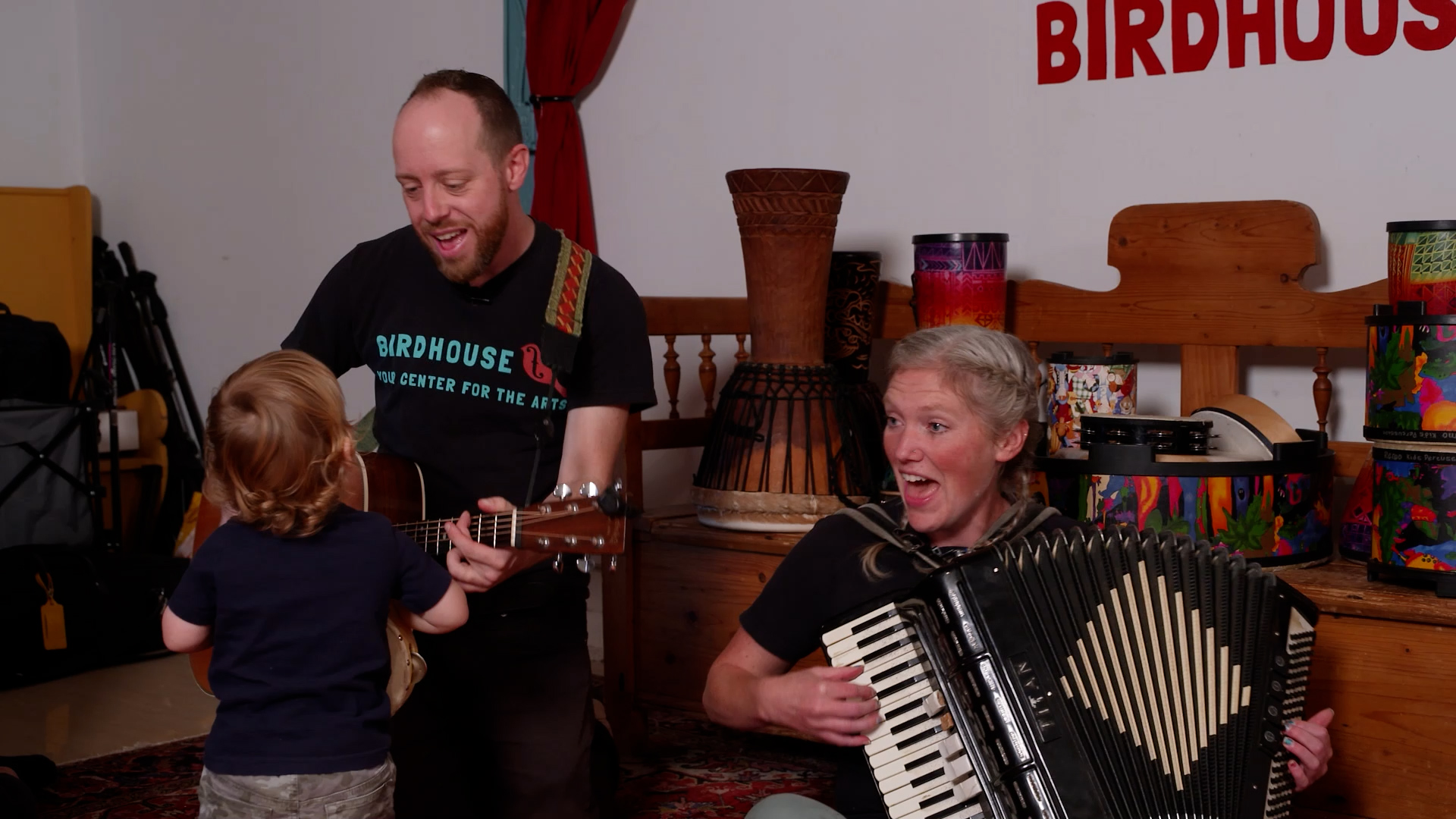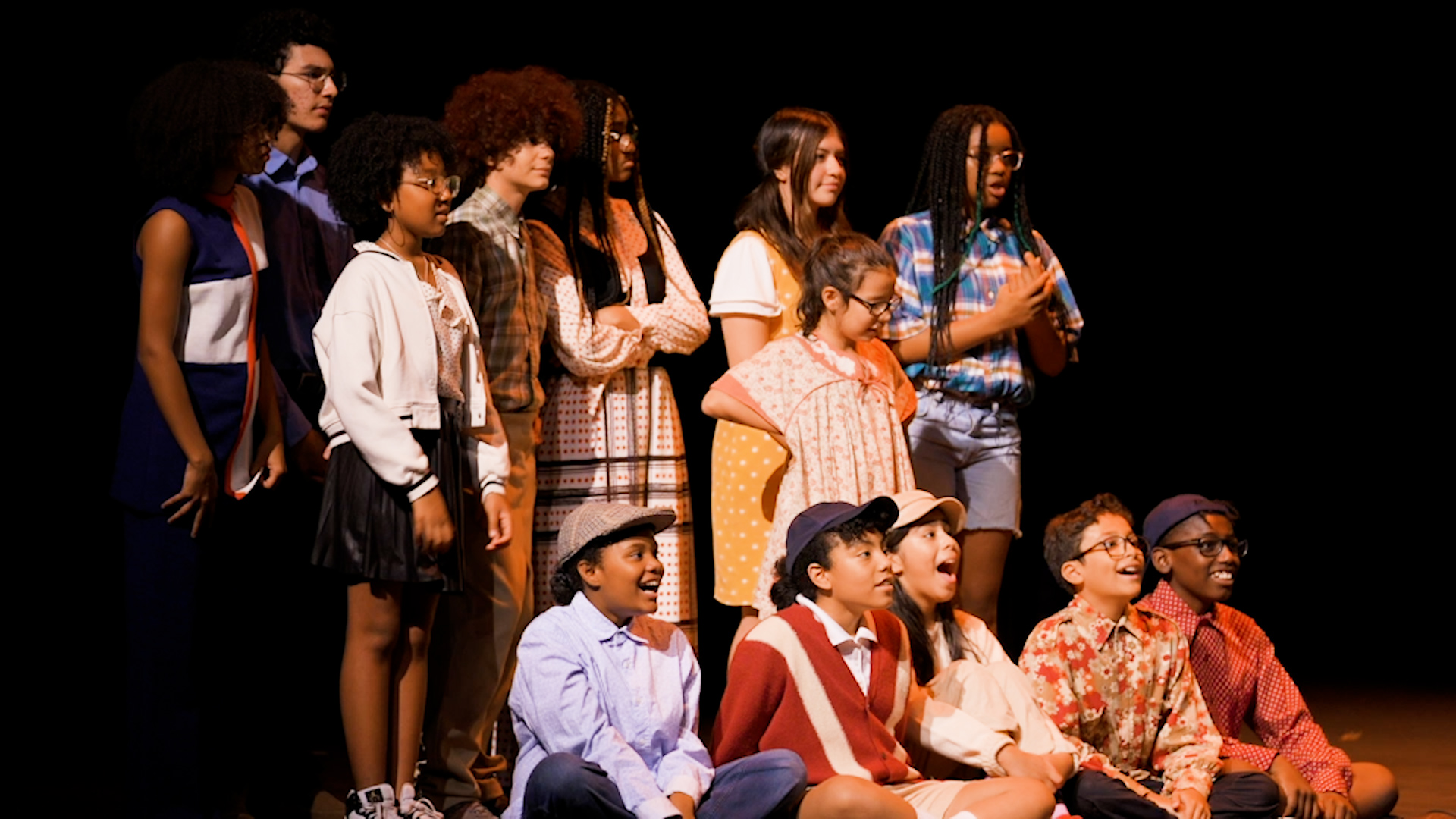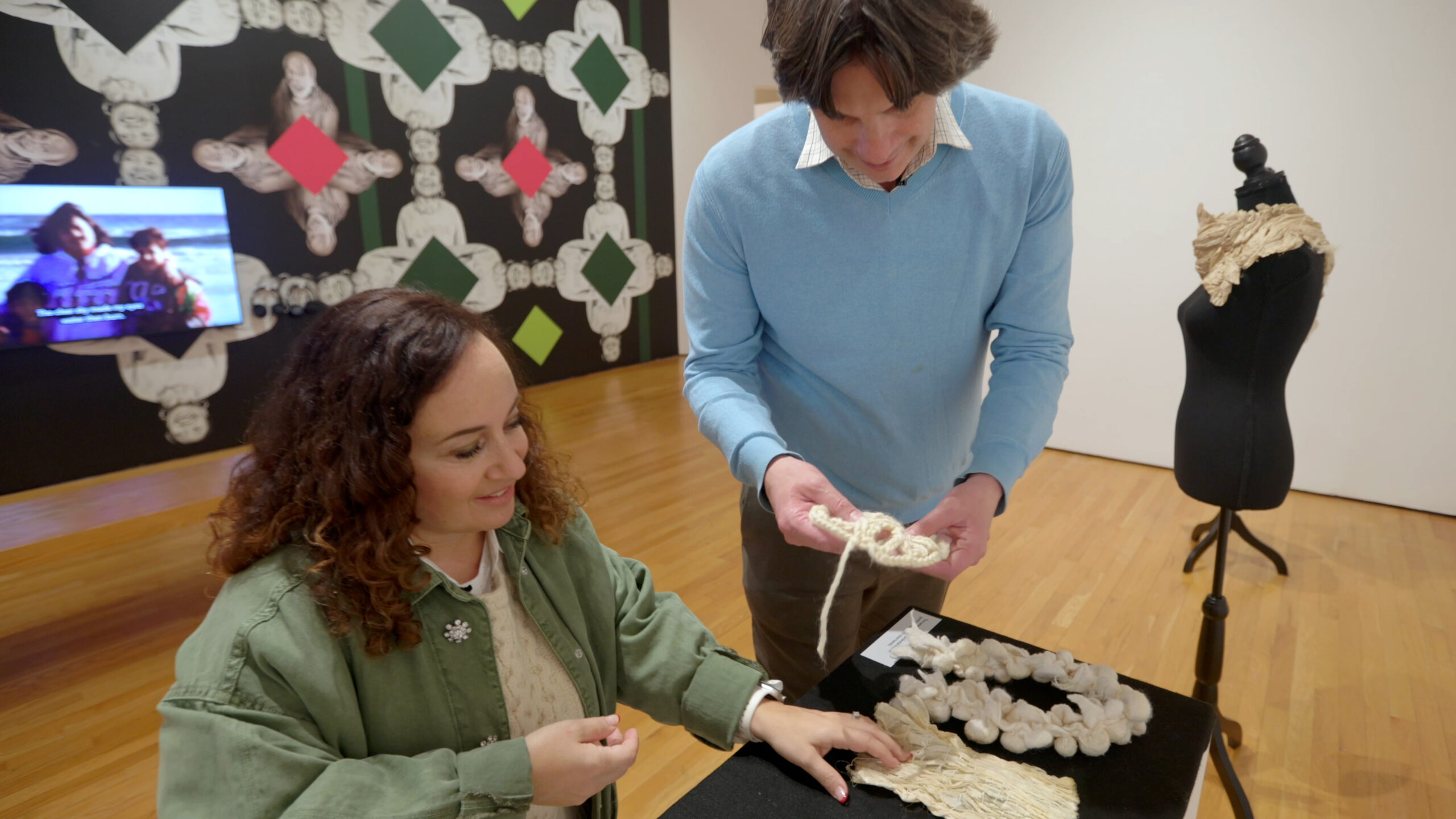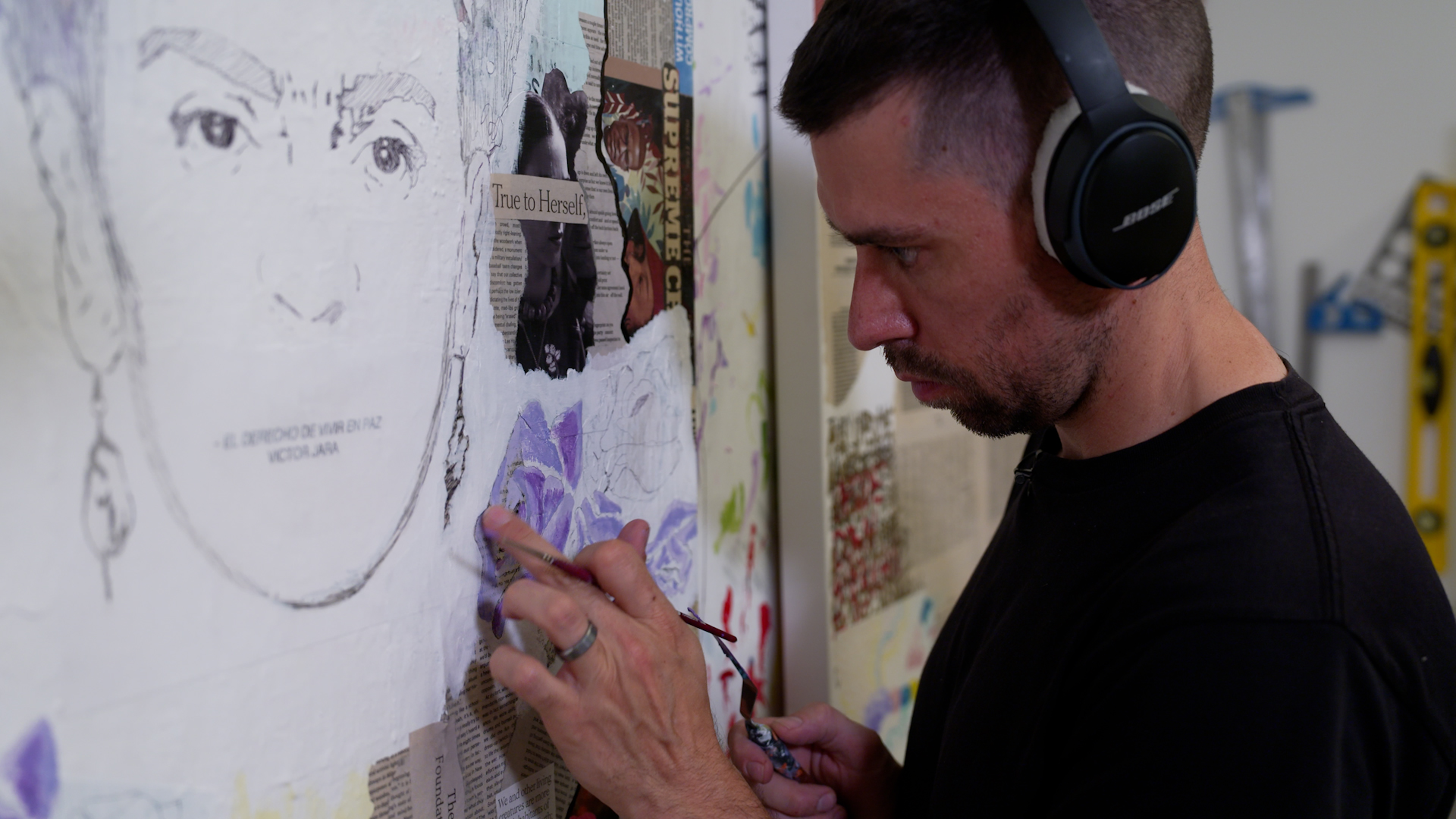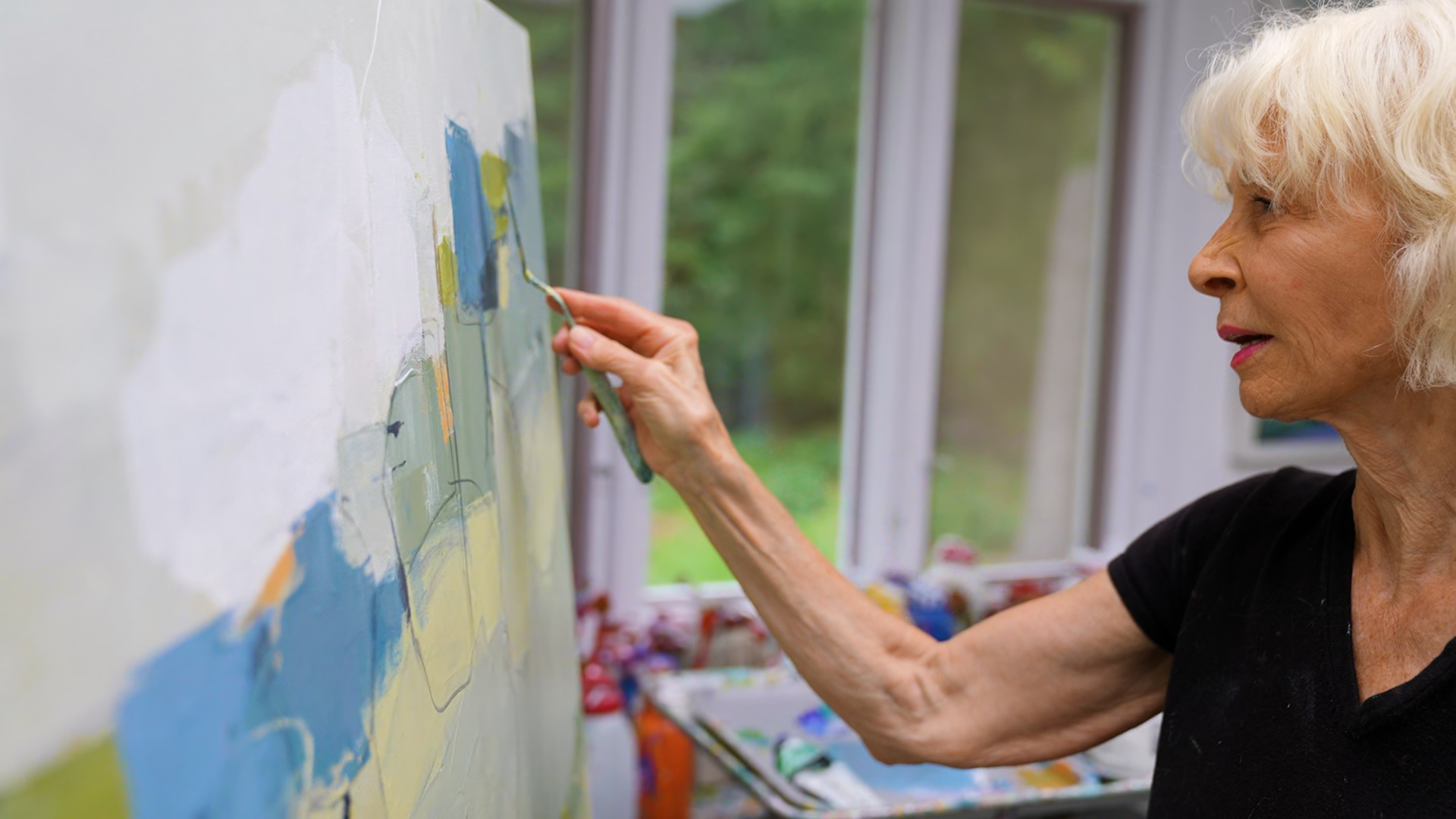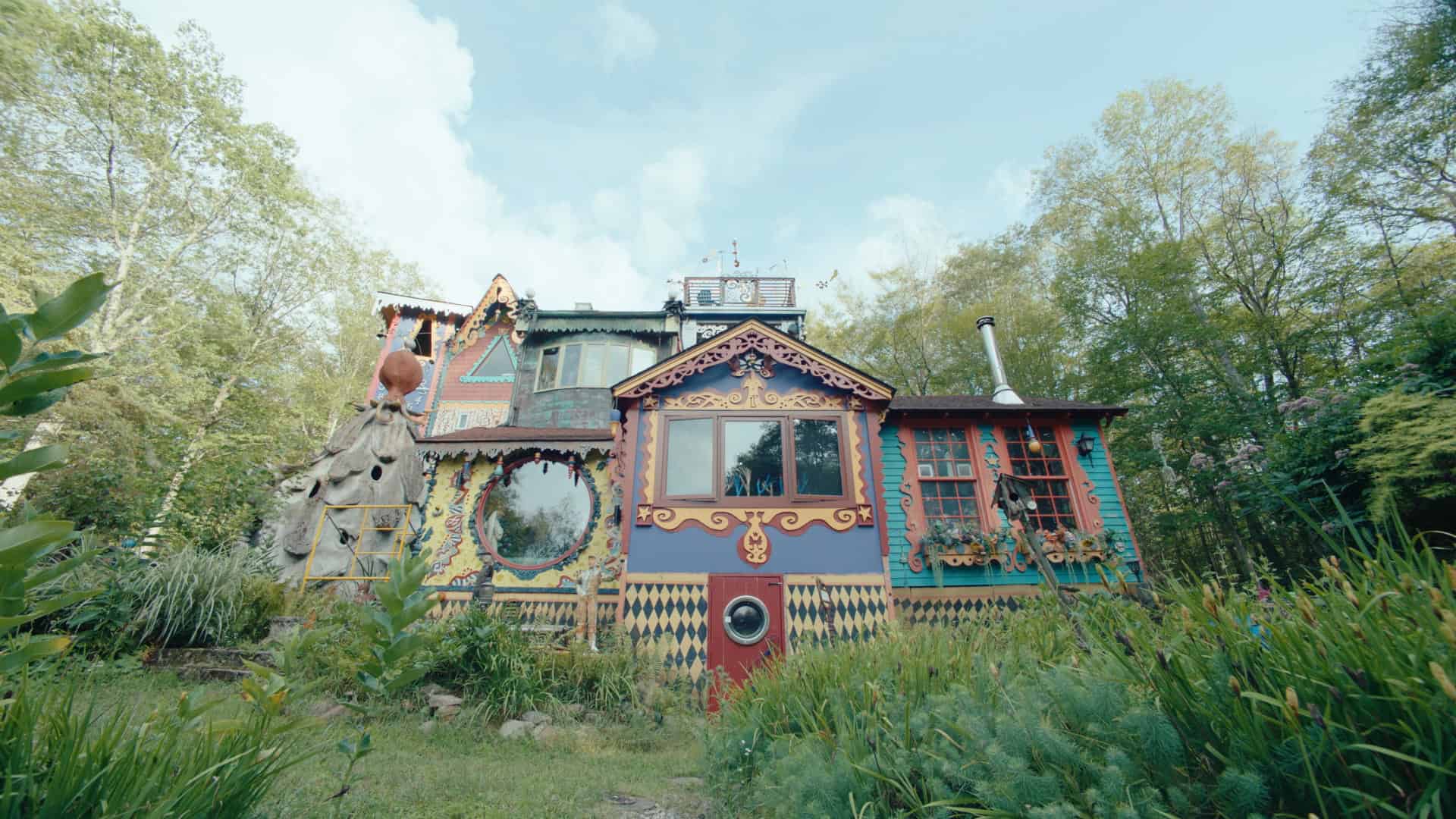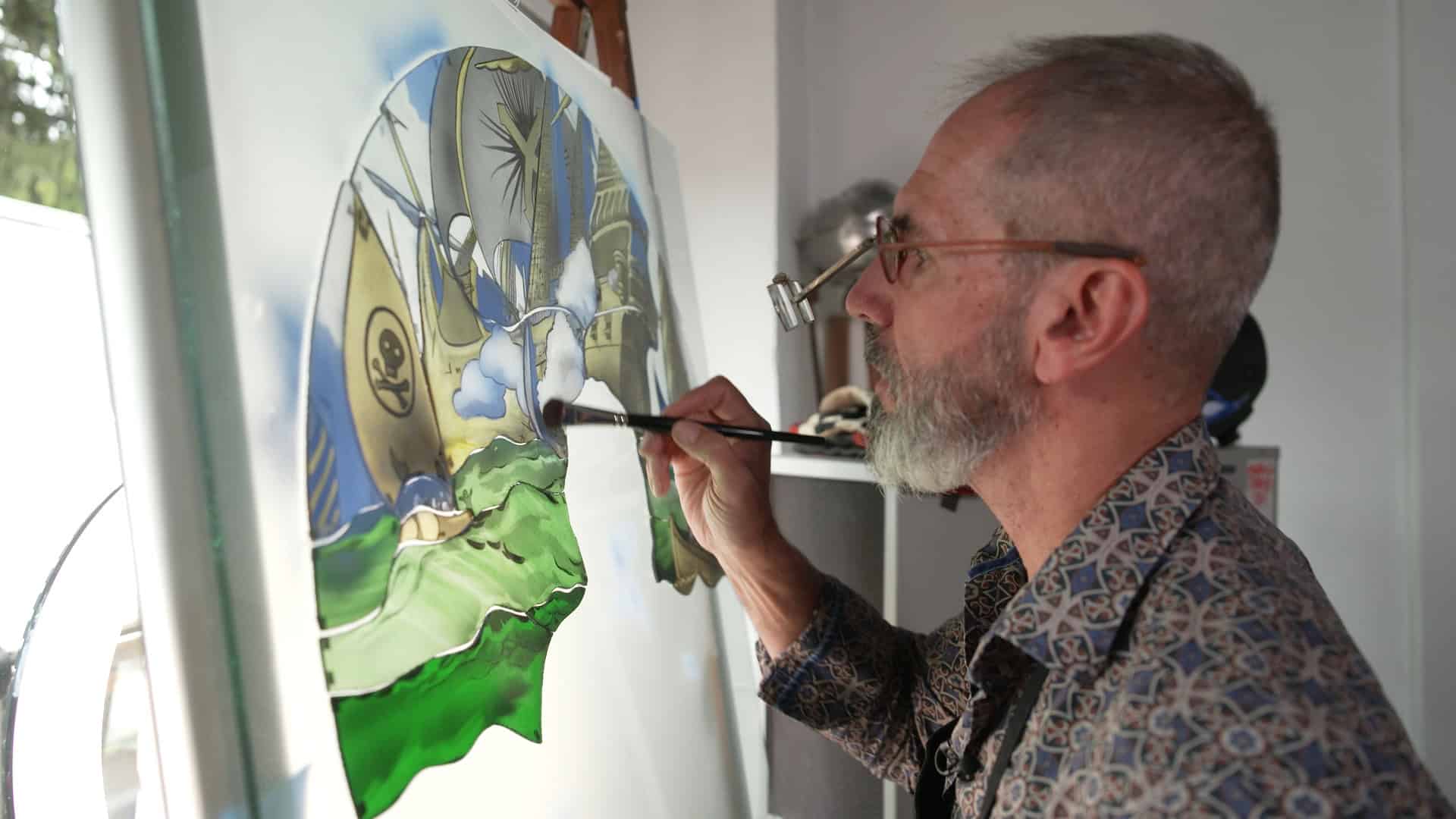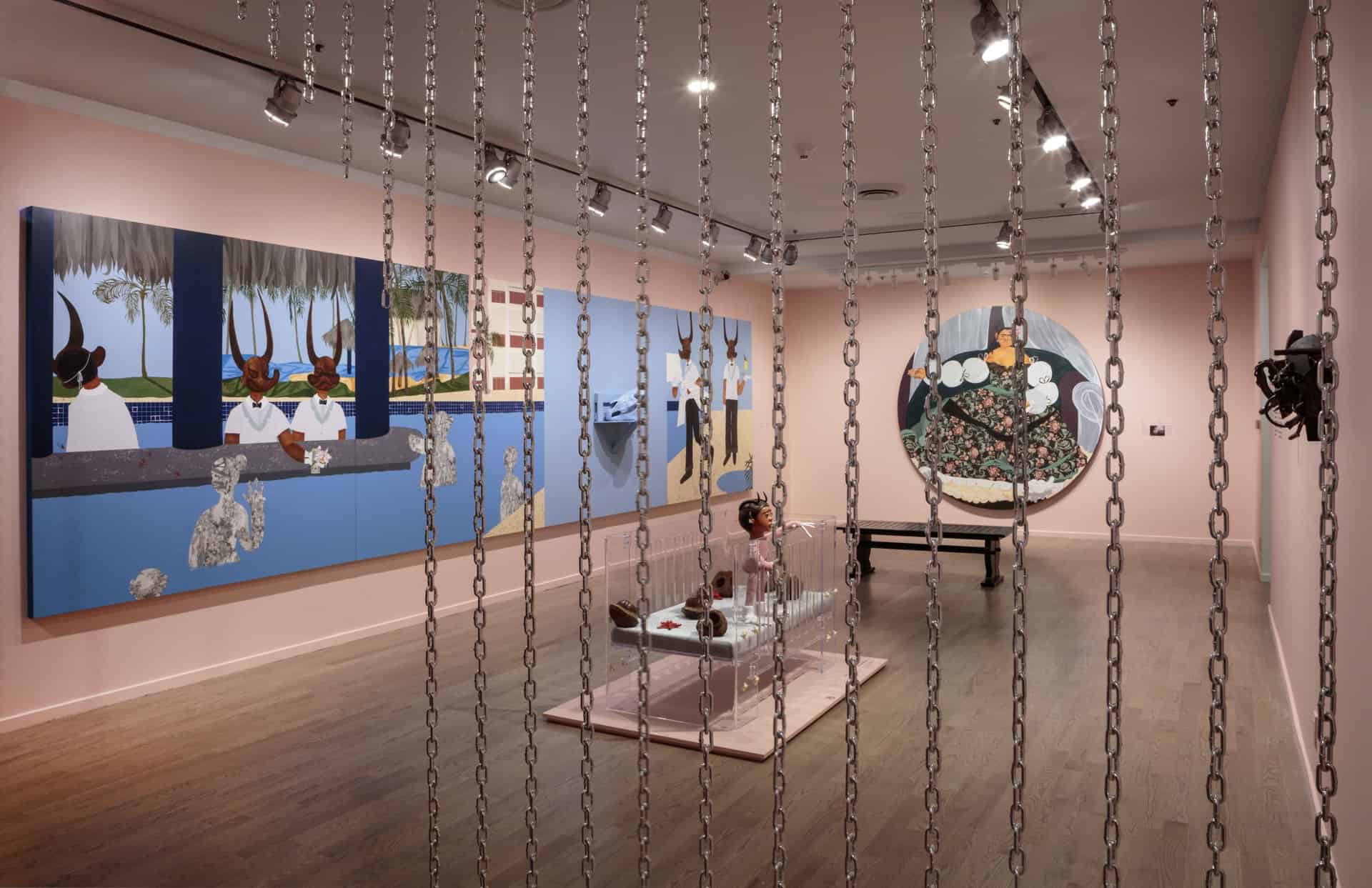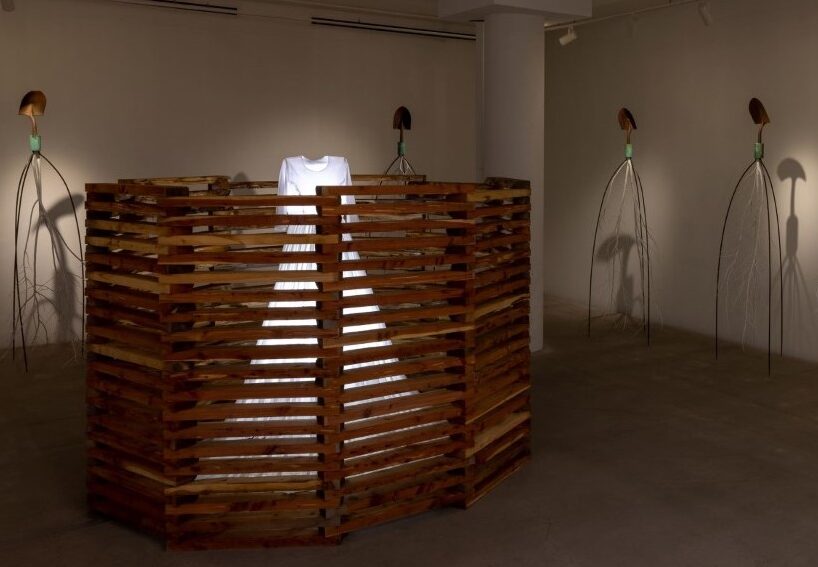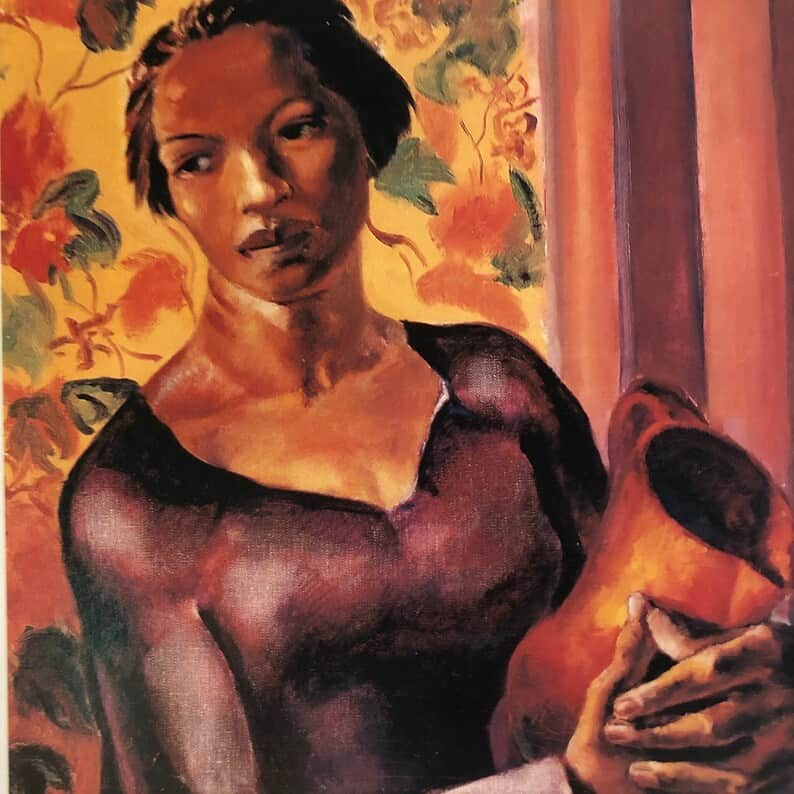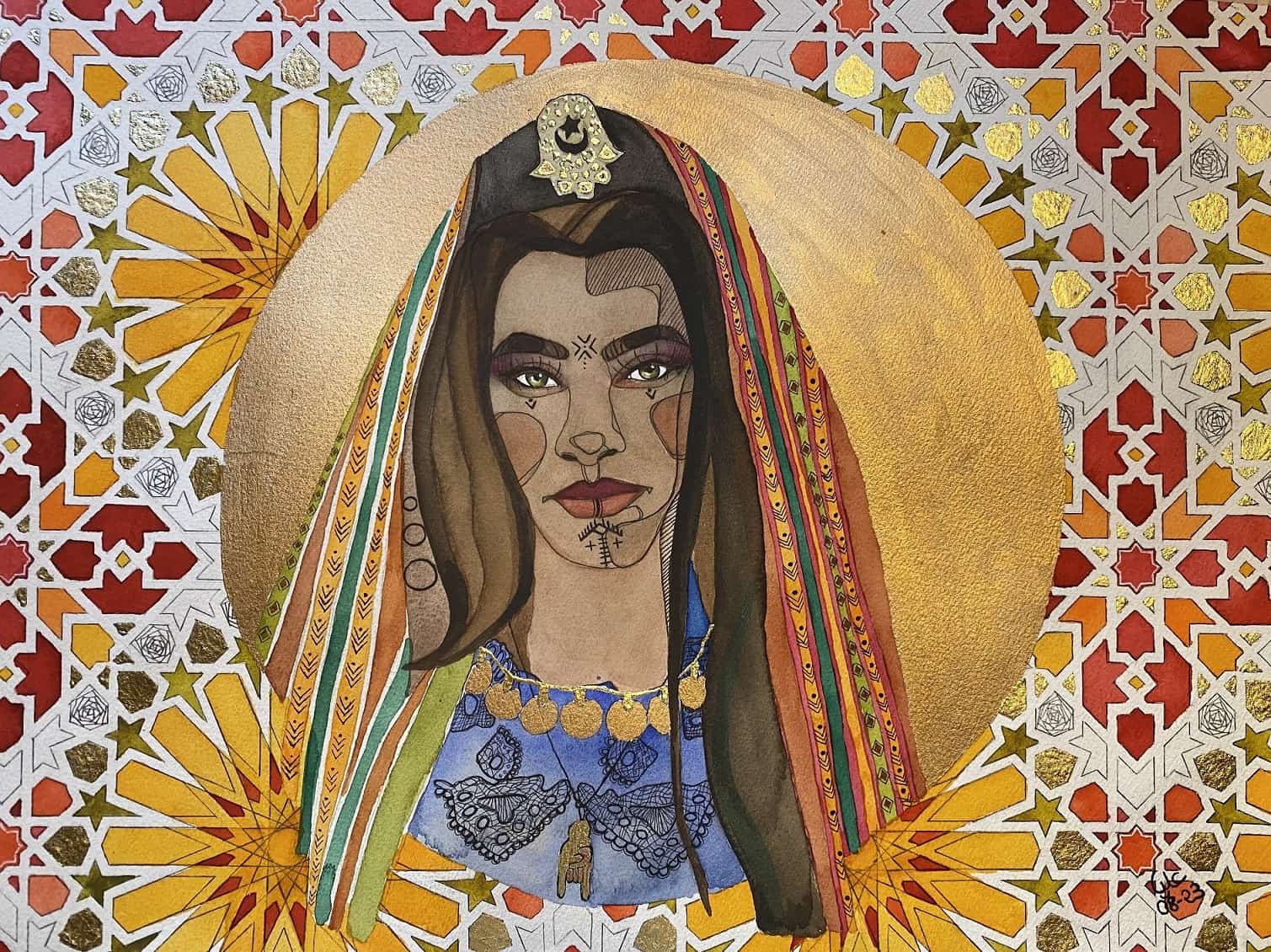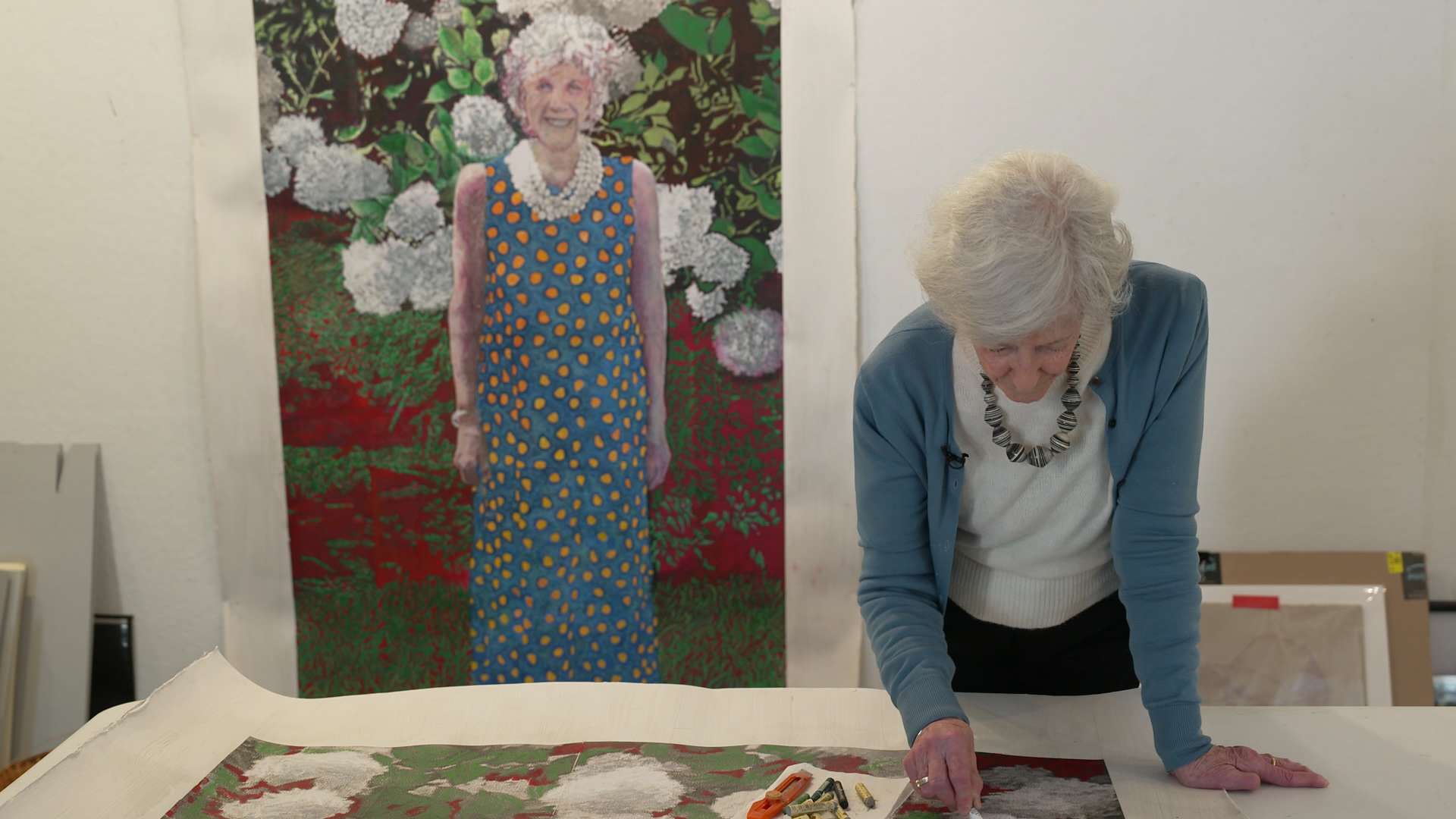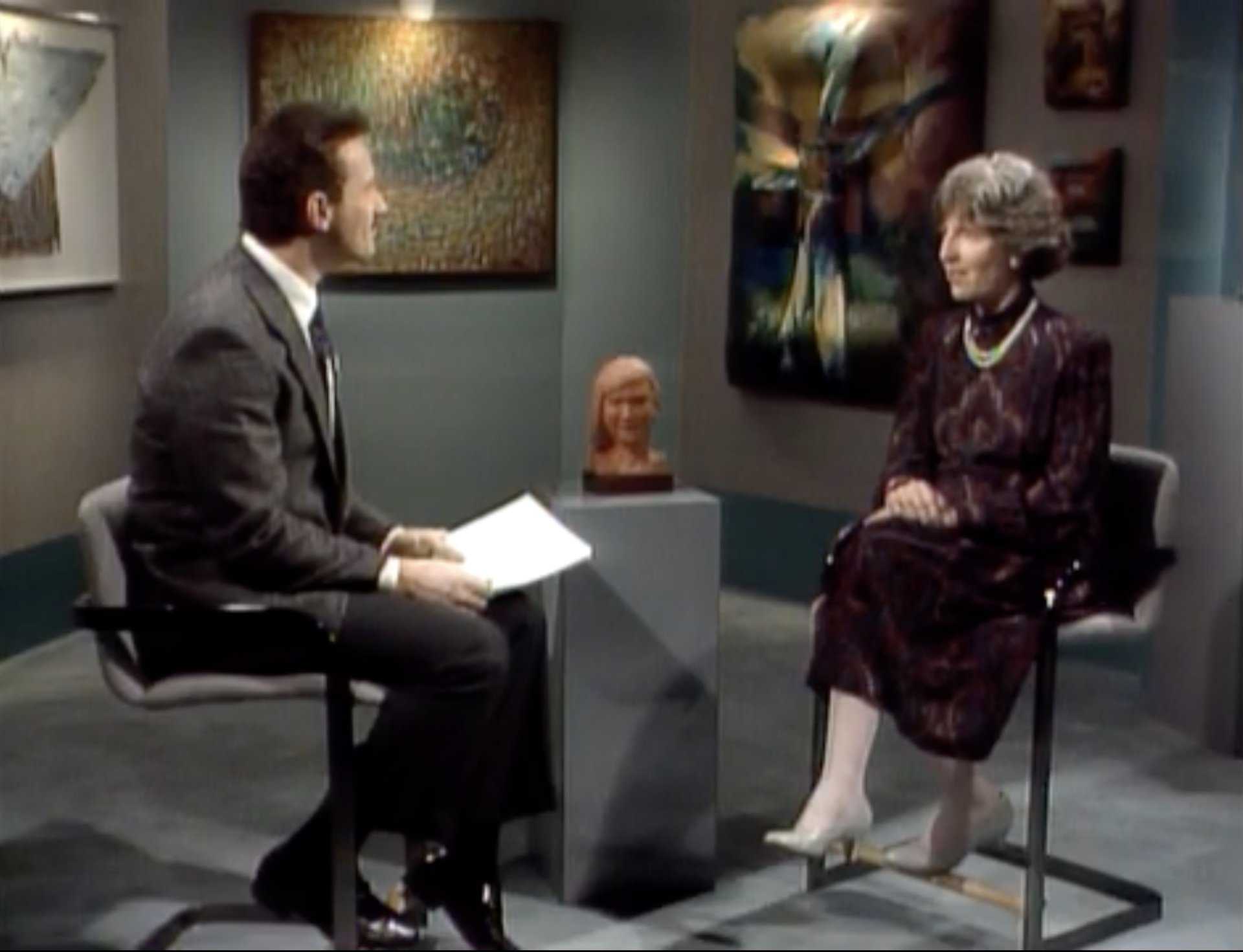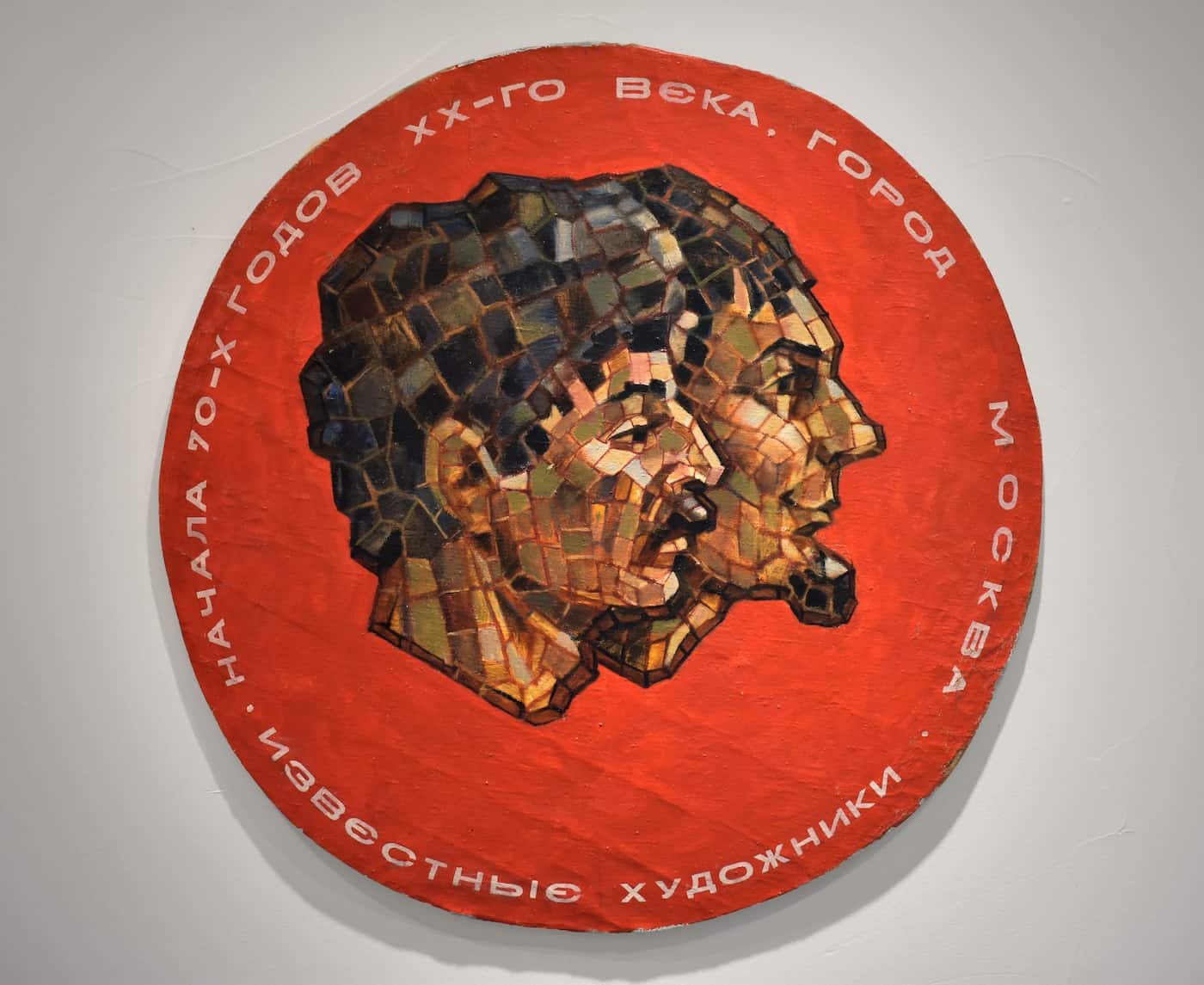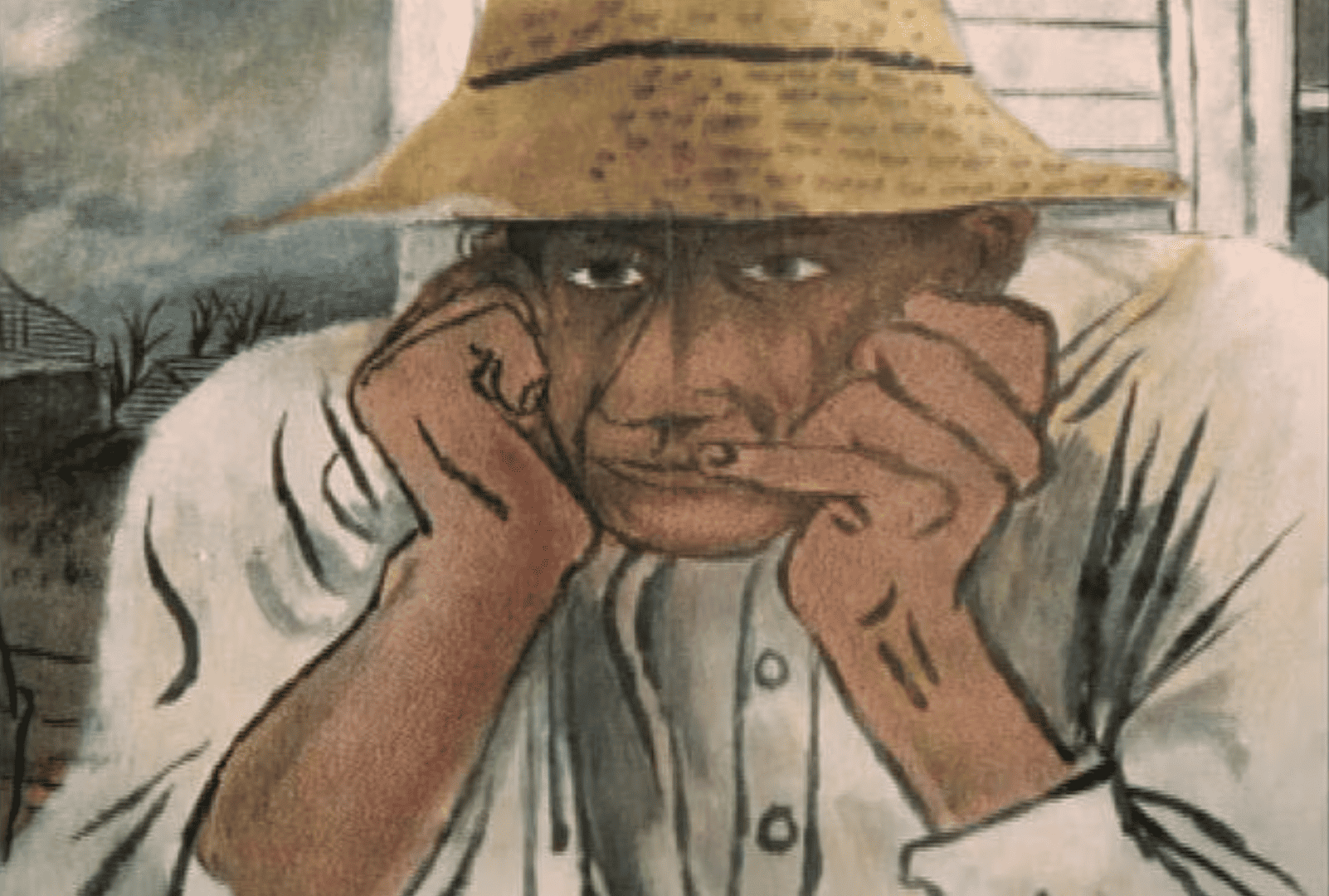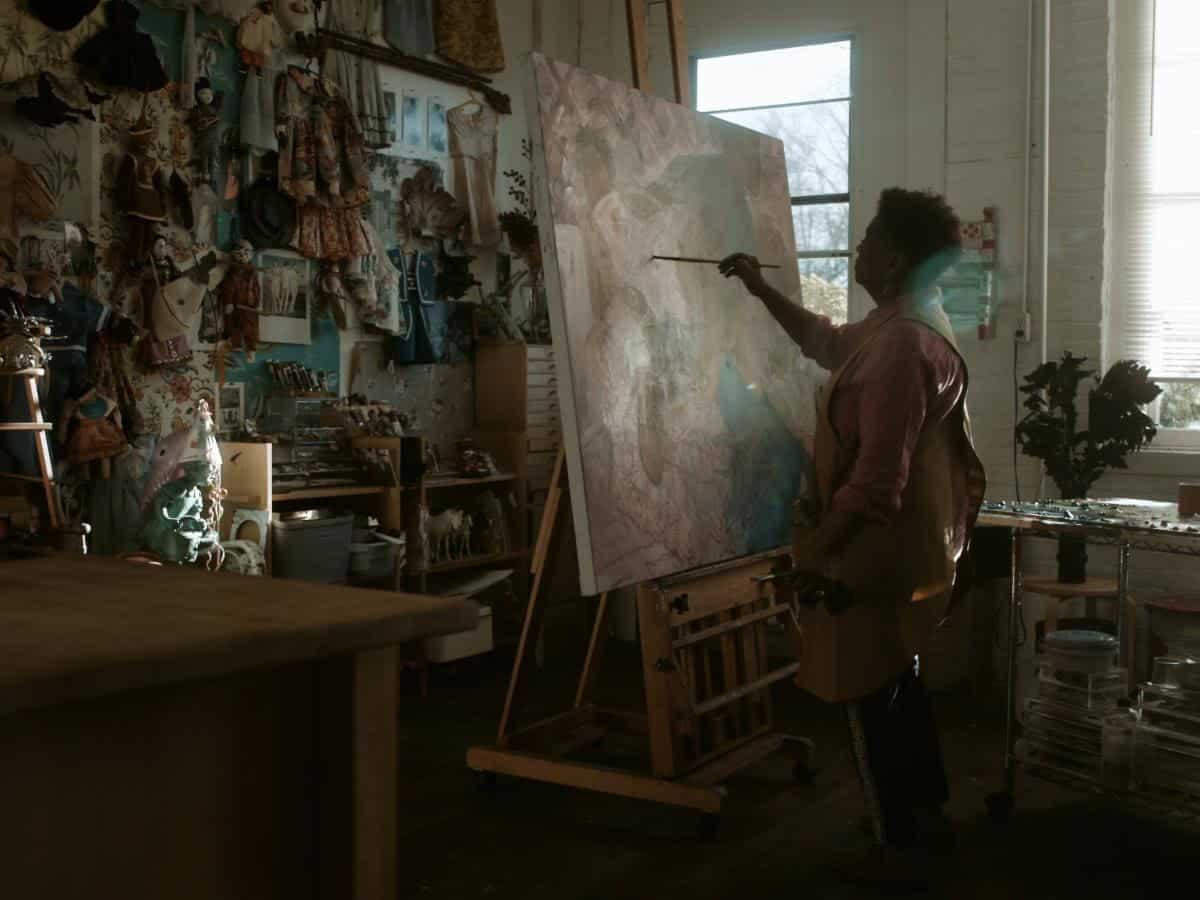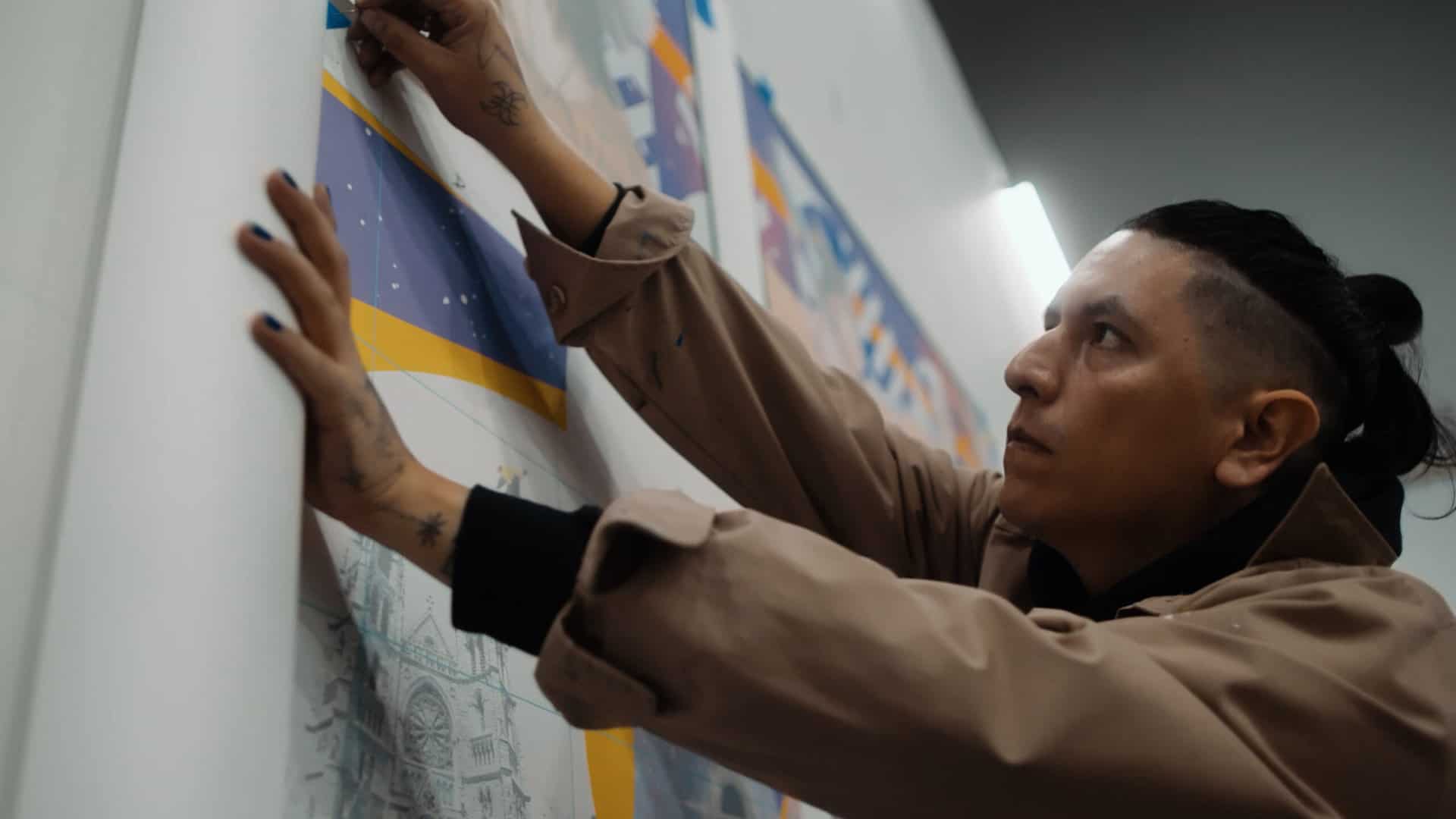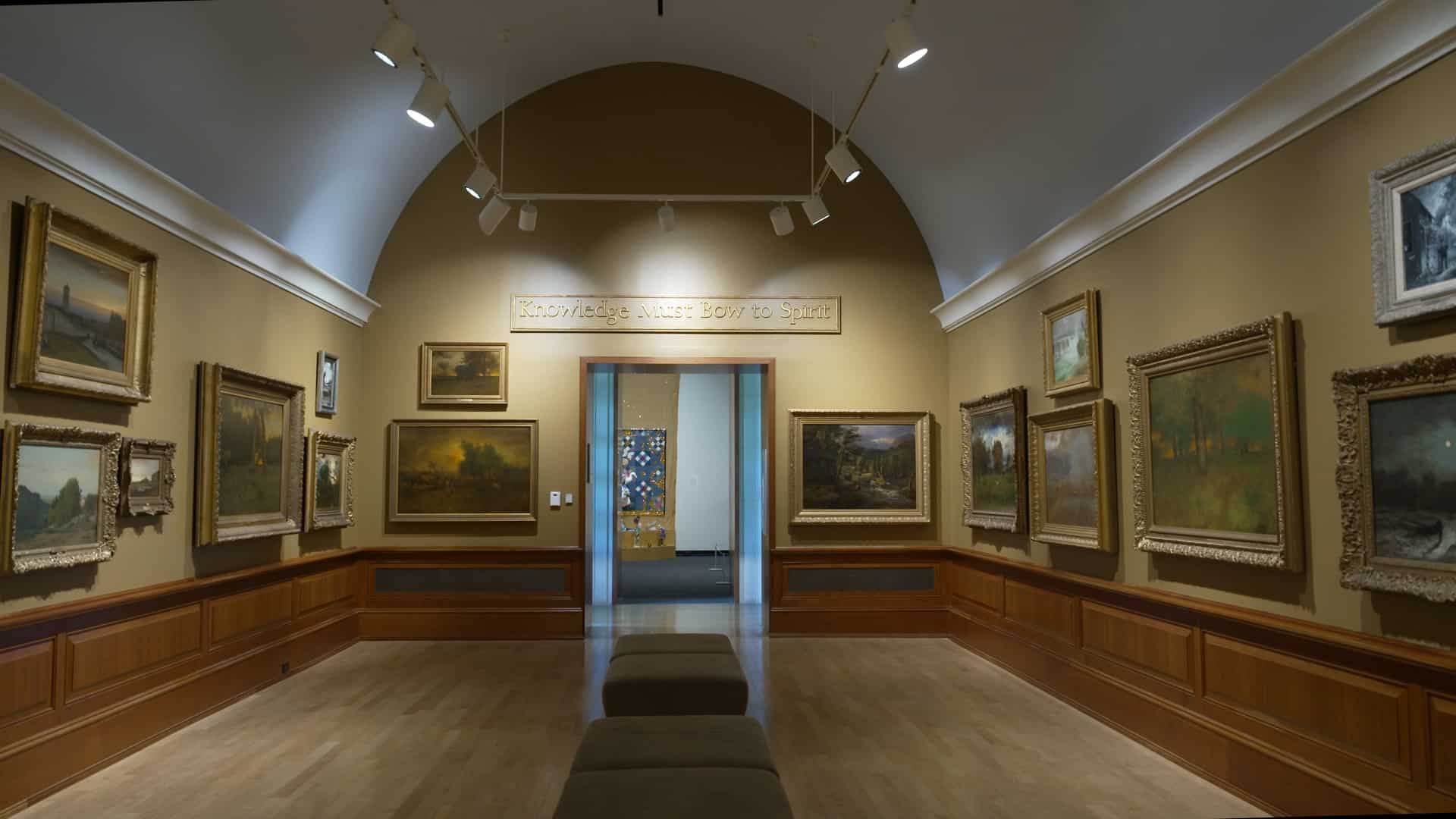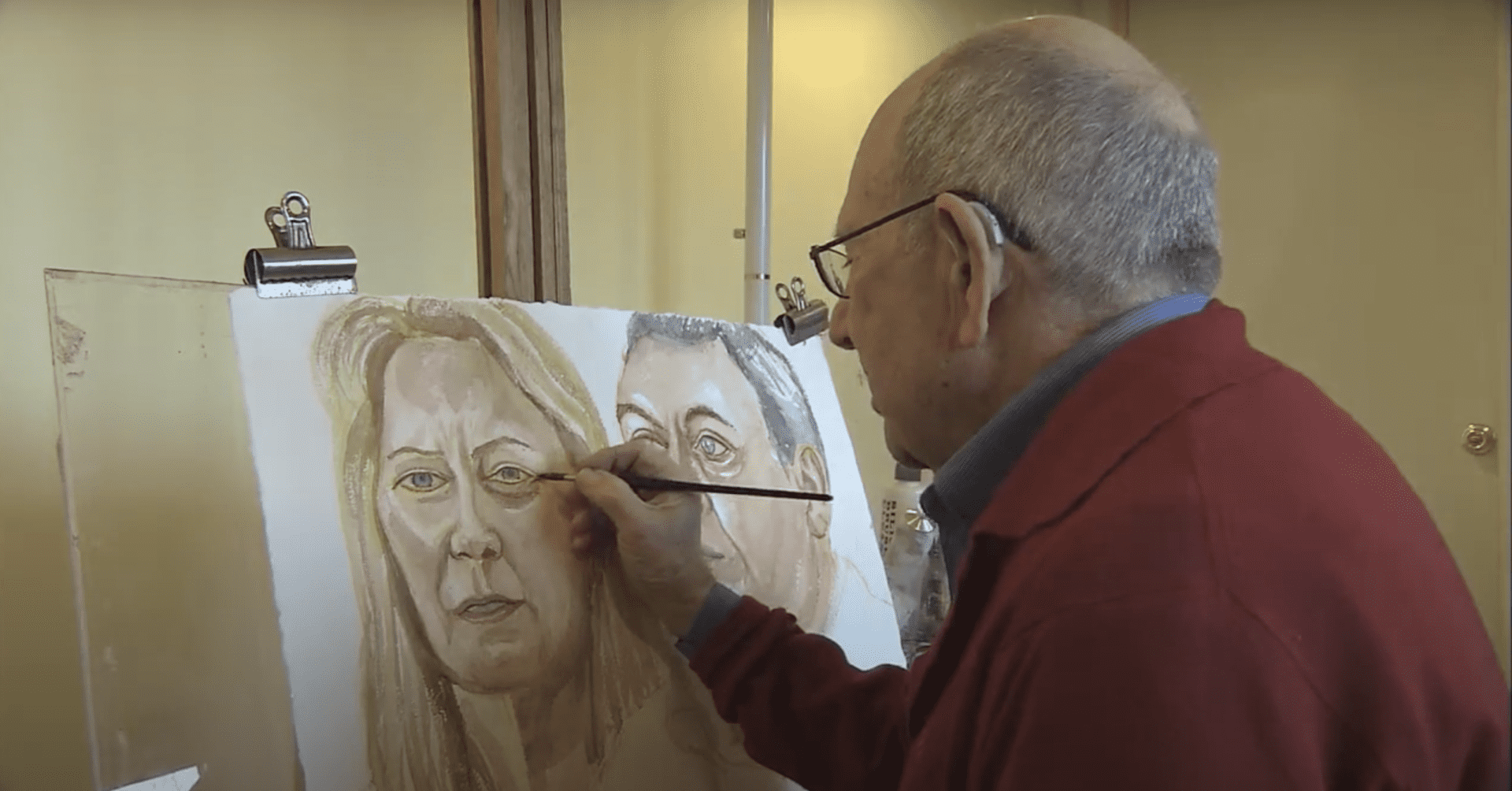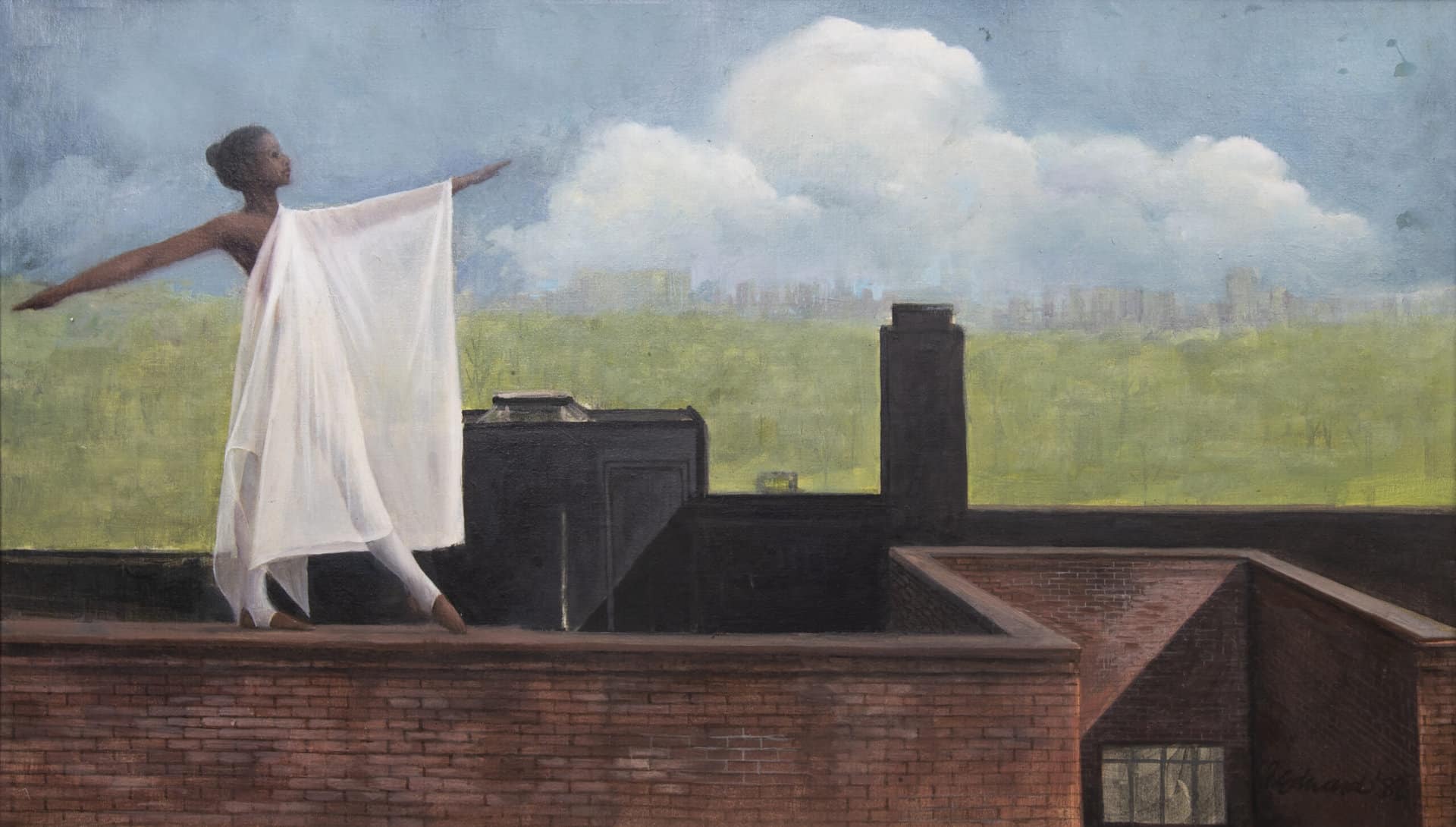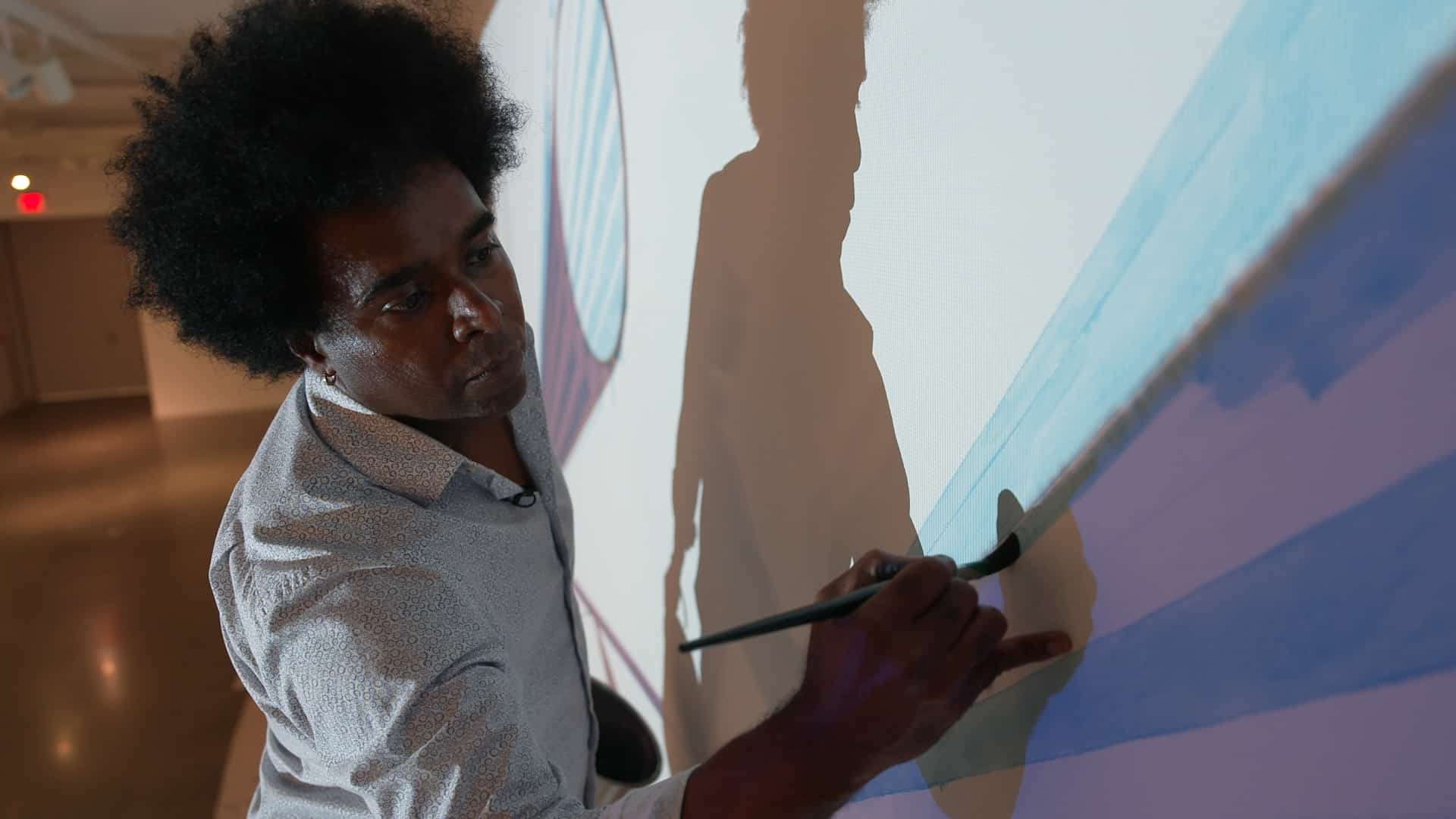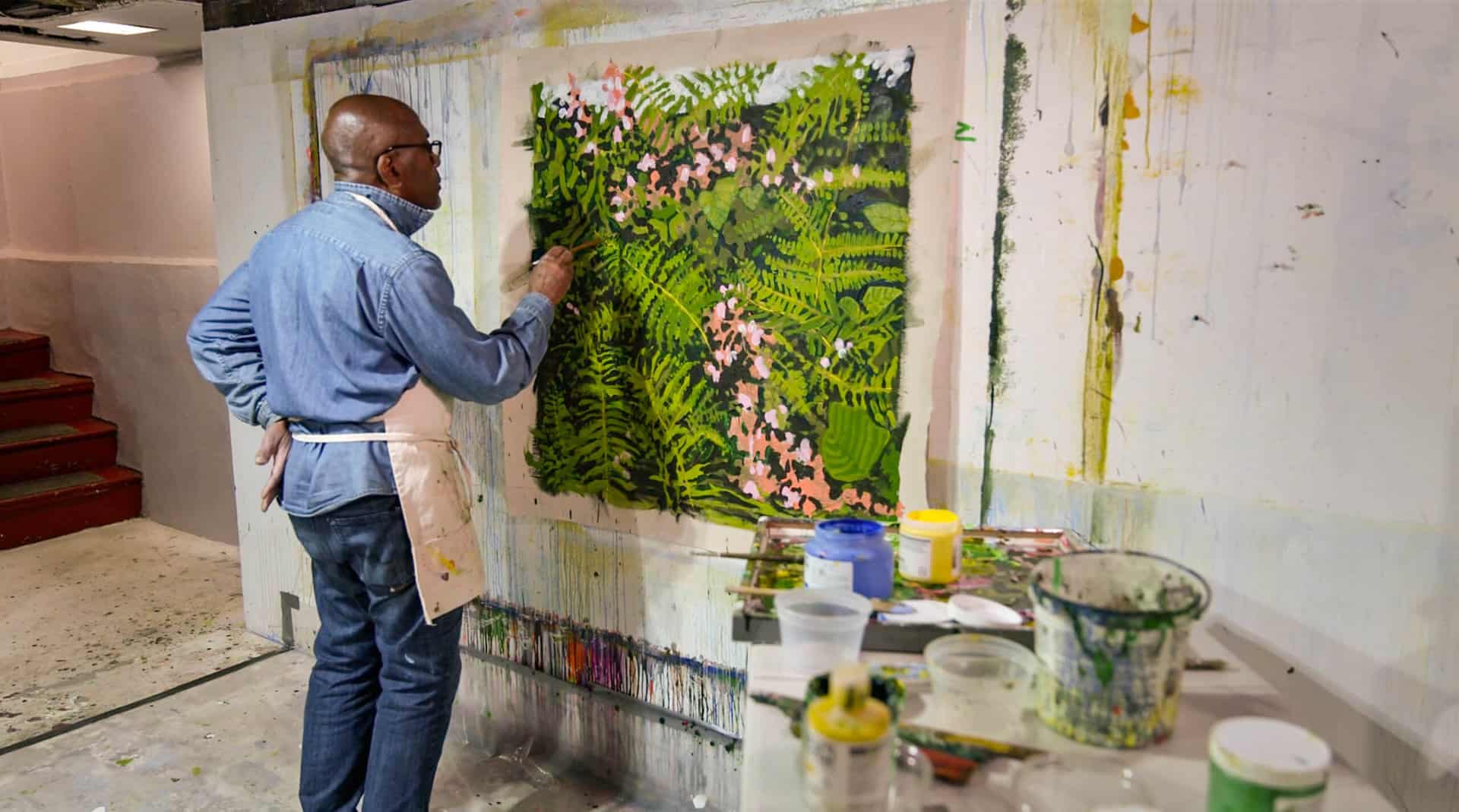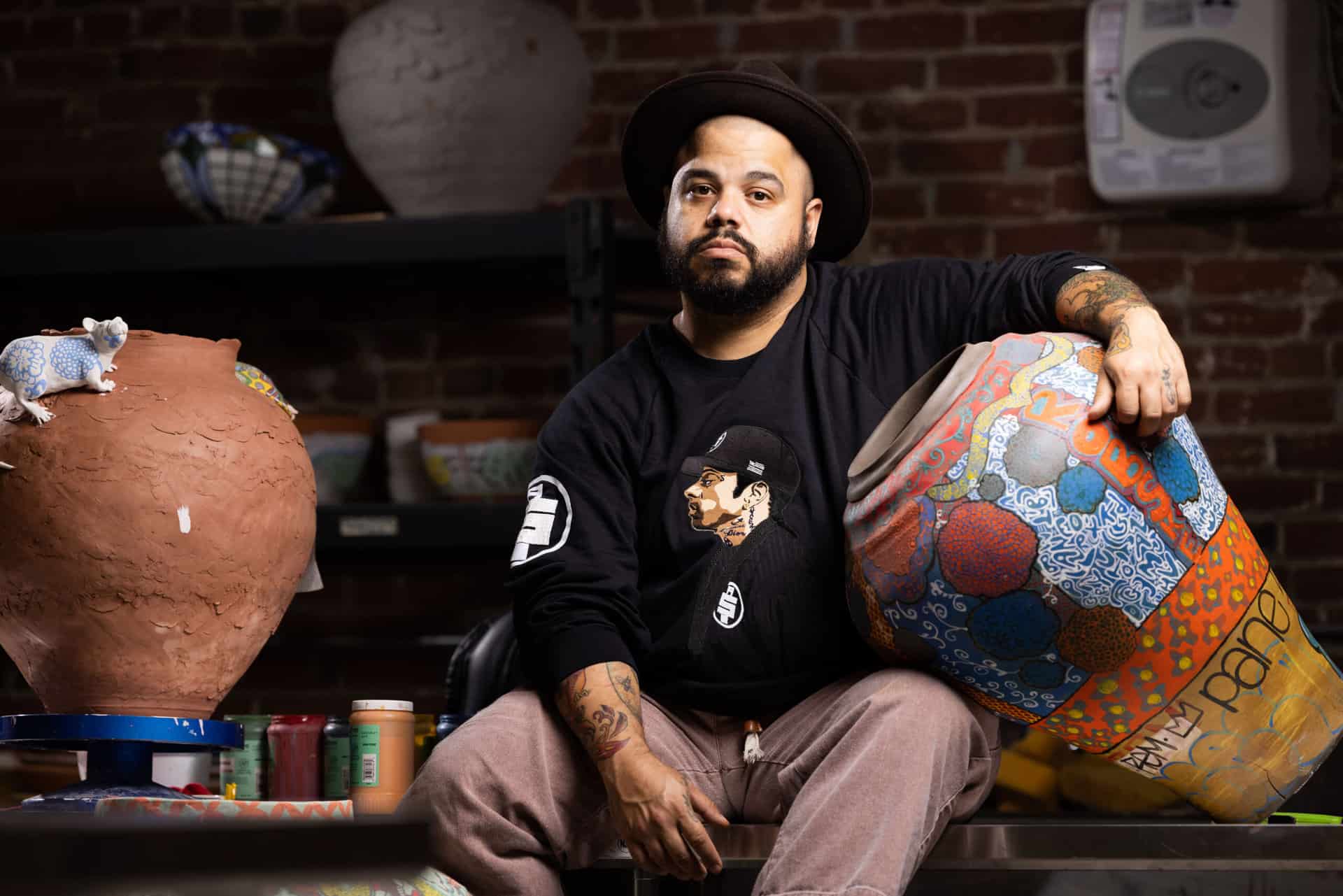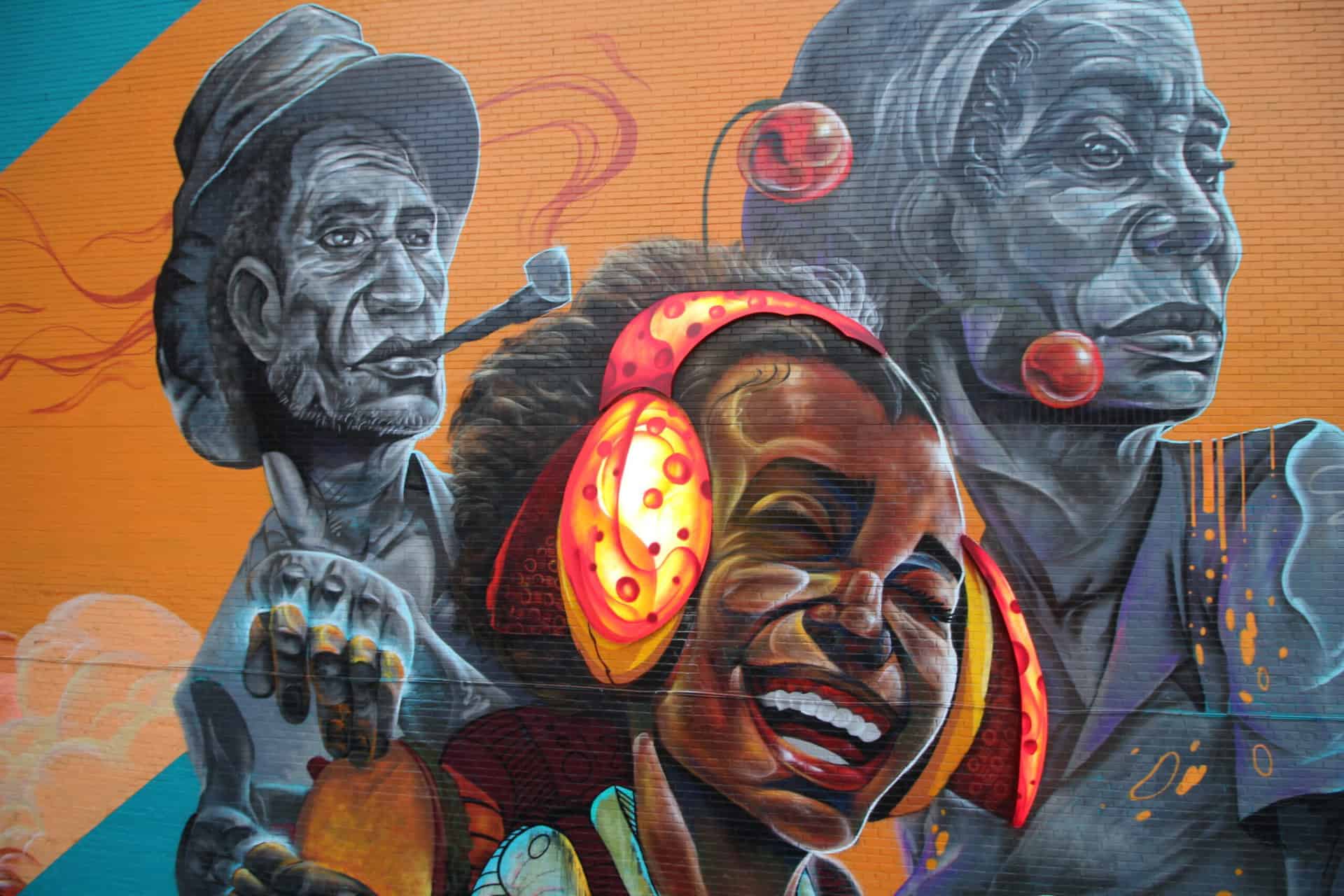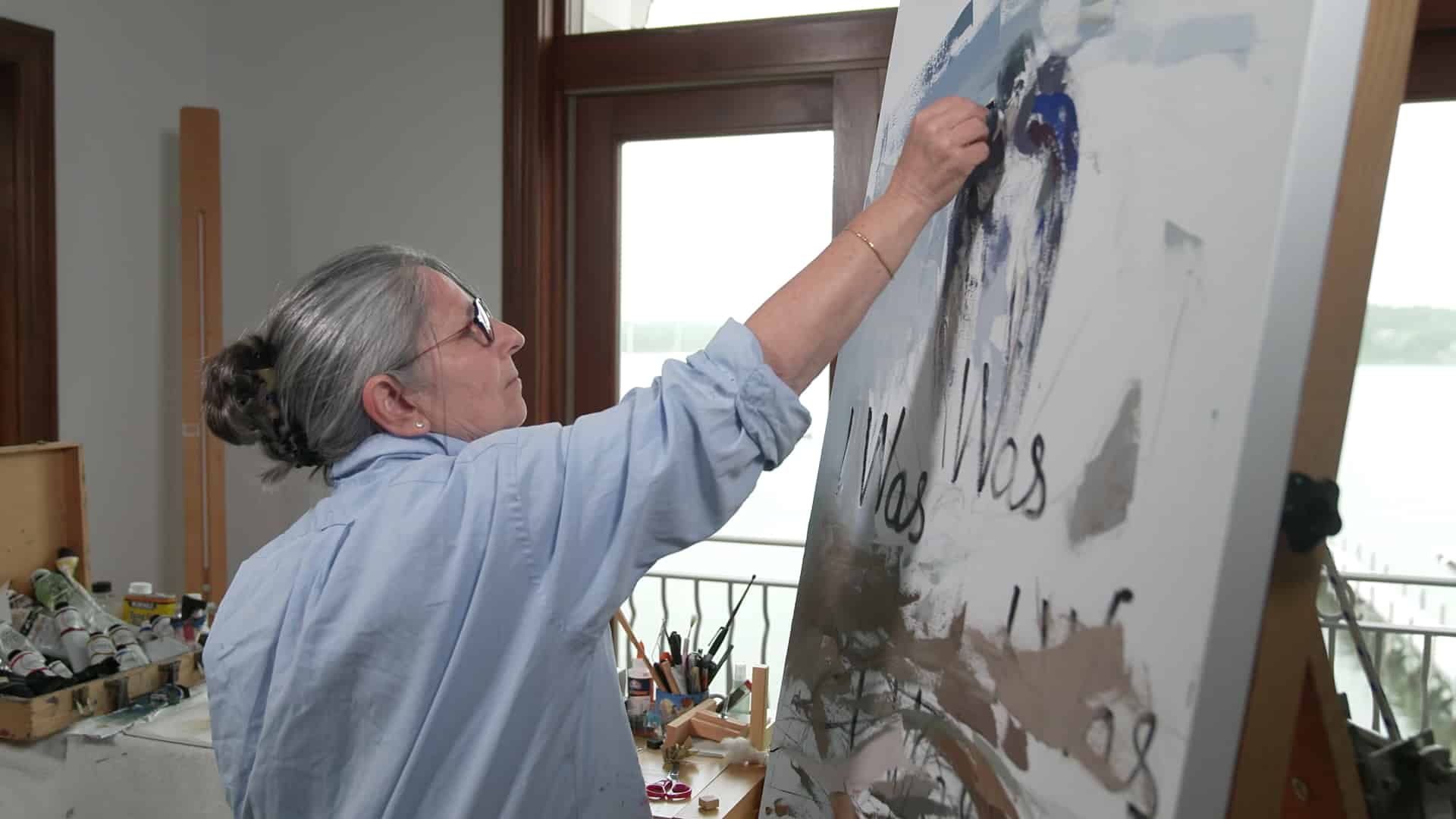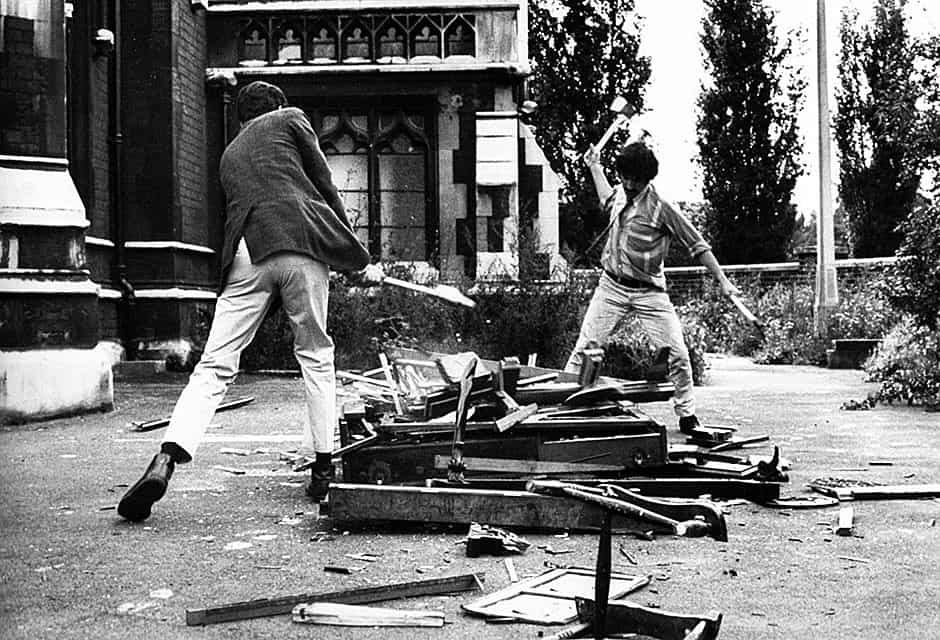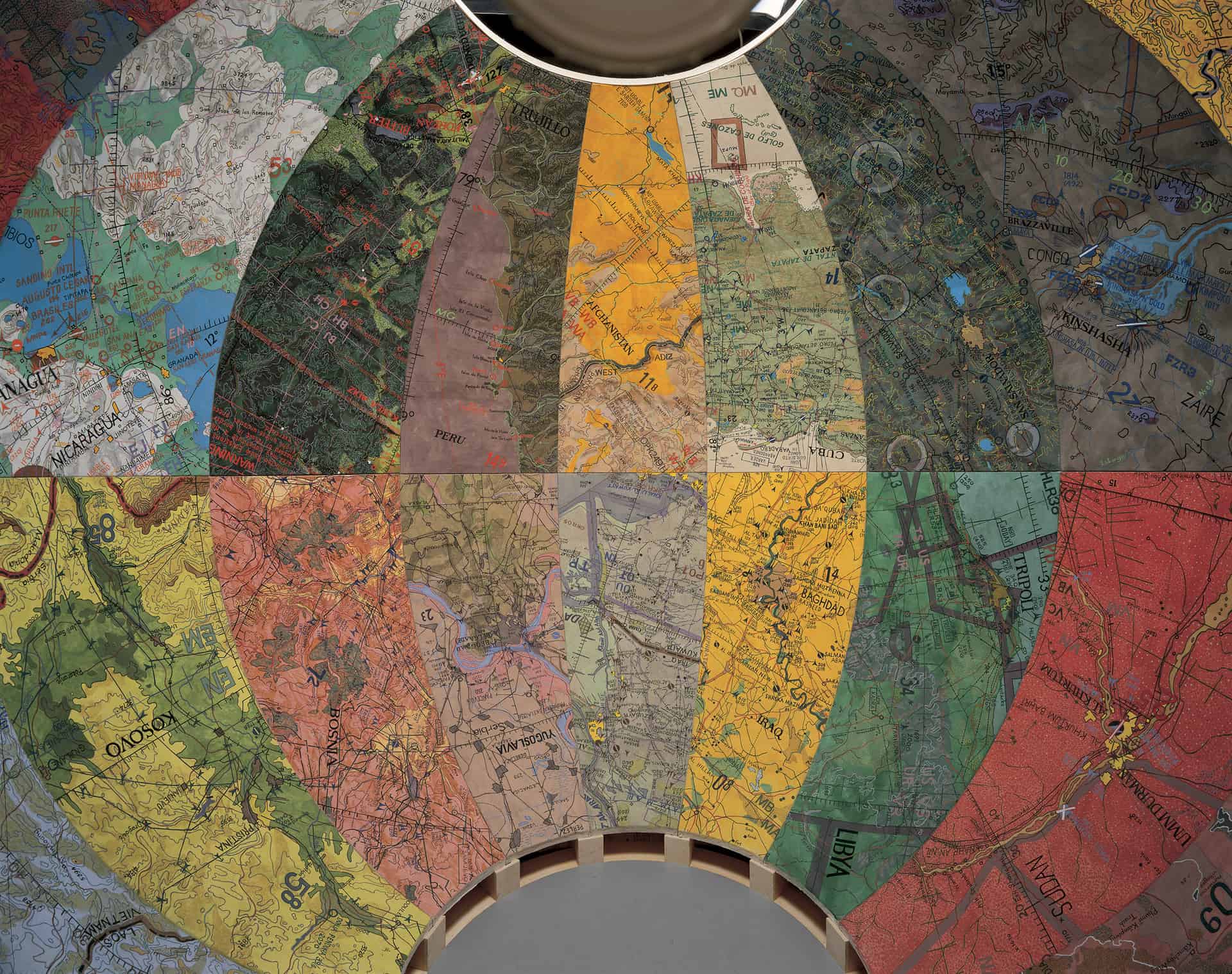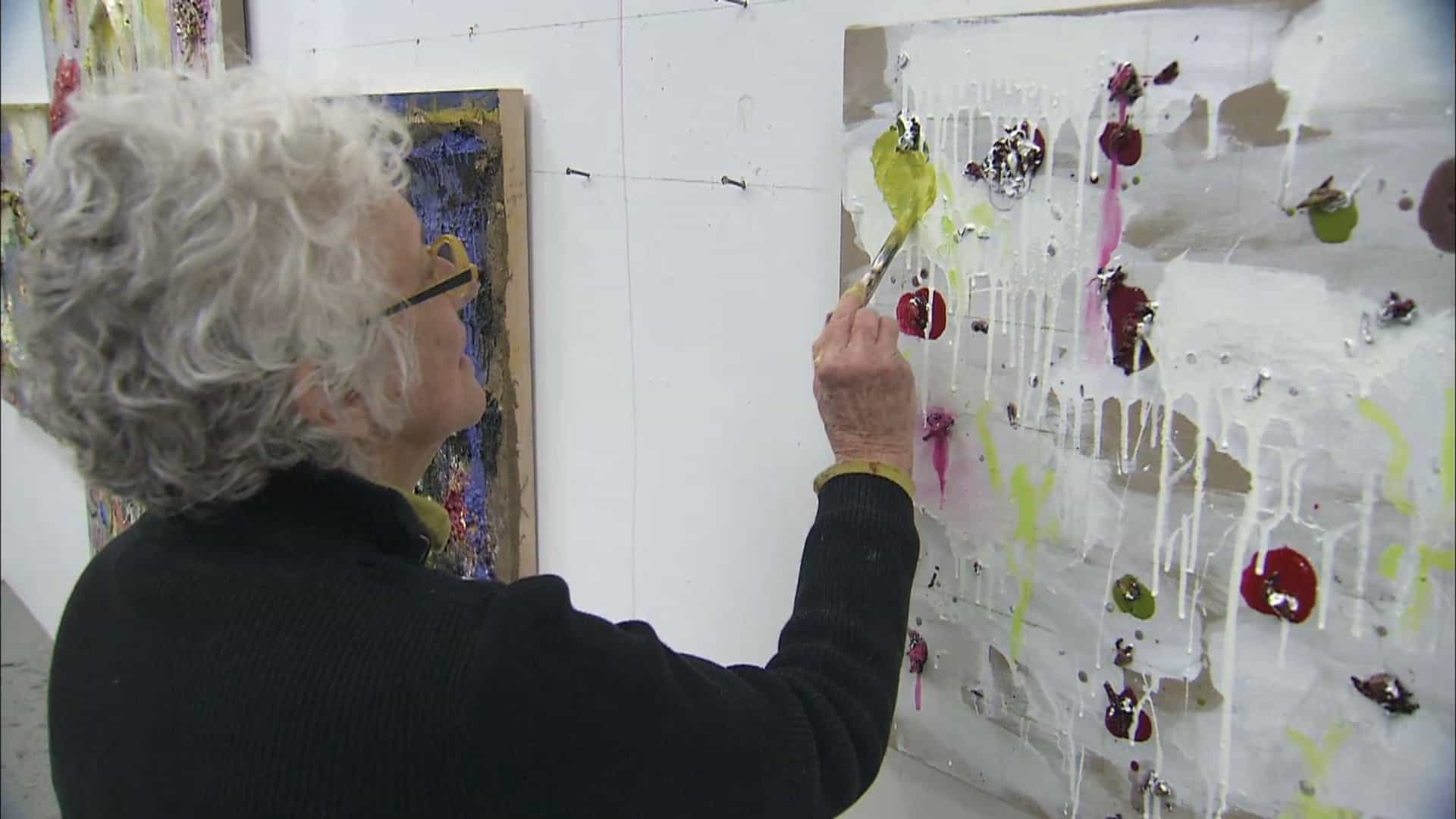Description
He’s one of New Jersey’s most celebrated 20th Century artists, with a deeply personal approach to sculpture. George Segal (1924-2000) lived most of his life in Central New Jersey in the vicinity of New Brunswick.
He first used dry plaster bandages to create body casts from live models in the early 1960s. The resulting life-size figurative sculptures can be found in museums and public spaces around the world. In New Jersey, there are examples in Trenton, New Brunswick, Princeton University, Montclair State University, and at Grounds for Sculpture in Hamilton. In Washington, D.C., Segal’s Bread Line is a striking part of our nation’s F.D.R. Memorial, evoking the Great Depression. The sculpture Gay Liberation is a iconic work in New York City’s Christopher Park next to the Stonewall Inn, birthplace of the modern gay liberation movement.
As George puts it, “If I’m able to somehow connect a chunk of ‘real’ with something mental in my head, I’m ecstatic.” We hope you enjoy this special look at this renowned New Jersey artist.
State of the Arts producer Amber Edwards created this personal profile of George Segal’s life and work for national distribution on PBS in 2000.
Related: Photographer Donald Lokuta, his good friend and frequent model, photographed George Segal at work. You can learn more about Donald’s portraits of the artist, taken over many years, in our 2015 feature, “George Segal in Black and White.”


